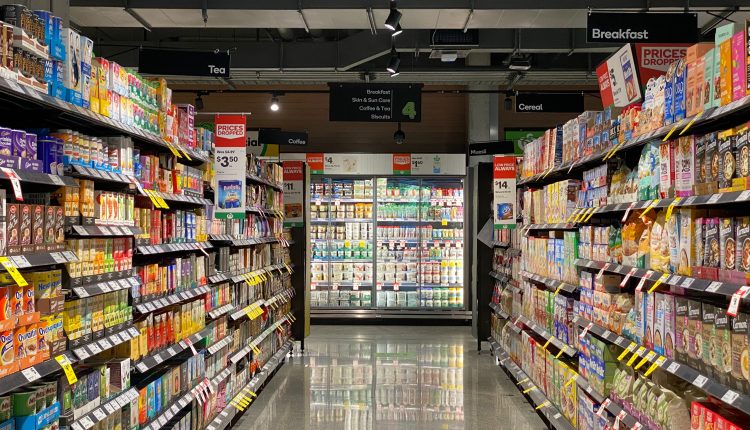US Producer Prices Decline, Indicating Persistent Goods Deflation
US producer prices experienced an unexpected dip in December, according to the report released by the Labor Department on Friday.
This decline, attributed to reduced costs for goods such as diesel fuel and food, is seen as a signal that inflation may continue to ease, potentially paving the way for the Federal Reserve to initiate interest rate cuts later this year.
The Producer Price Index (PPI) for final demand dropped by 0.1% last month, marking the third consecutive monthly decline, as reported by the Labor Department’s Bureau of Labor Statistics.
Goods prices, in particular, fell by 0.4%, with a substantial 12.4% decrease in diesel fuel costs contributing significantly to this downturn.
Economists, who had previously anticipated a 0.1% rebound in the PPI, are now reconsidering their projections.
Jeffrey Roach, Chief Economist at LPL Financial in Charlotte, North Carolina, noted, “The inflation pipeline is clearing, and consumer prices will gradually get to the Fed’s 2% target.”
Despite concerns about potential disruptions to supply chains, attributed to recent geopolitical events in the Middle East and attacks on container ships, the report suggests that the overall inflationary pressures are subsiding.
Some experts, such as Bill Adams, Chief Economist at Comerica Bank in Dallas, believe that increased oil production in the United States may offset these concerns, keeping energy prices under control.
PPI Revisions Indicate Ongoing Producer Price Drop

In November, the PPI had fallen by 0.1%, a revision from the initially reported unchanged status.
The latest data indicates a consistent downward trend in producer prices, raising questions about the persistence of goods deflation despite sporadic increases in consumer goods prices.
In December, there was a 0.9% decrease in food prices, mainly due to a significant 20.5% drop in egg prices.
Nevertheless, the substantial rise of 71.2% in November was only partially mitigated, which was primarily caused by an outbreak of avian flu that impacted commercial farms.
The broader economic context includes positive trends in the labor market’s resilience, prompting financial markets to hope for potential Fed interest rate cuts, possibly as early as March. However, most economists are leaning towards a later implementation in May or June.
Services prices, on the other hand, remained largely unchanged for the third consecutive month, with declines in margins for machinery and motor vehicle wholesaling.
Despite some fluctuations, portfolio management fees rebounded 1.5%, reflecting recent stock market gains, while airline fares increased by 2.1%.
As financial markets monitor the situation closely, the prevailing sentiment remains cautiously optimistic about the trajectory of inflation and the potential actions of the Federal Reserve in the coming months.
